Customization
To be able to take the maximum performance from a piece of equipment, every assembly transition must internally be adapted in moderation. This means, that the exit resistance Ra of the 1st assembly must like the resistance Re of the 2nd assembly.
 | |
| assembly 1 | assembly 2 |
Figure 1: Customization of two subsystems
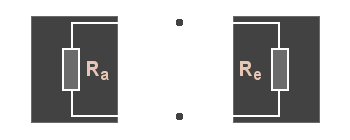 | |
| assembly 1 | assembly 2 |
Figure 1: Customization of two subsystems
With the help of extensive equations, the characteristic impedance is calculable.
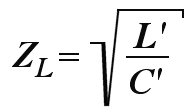
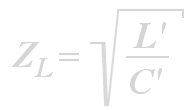
| ZL: characteristic impedance in Ω |
The above formula holds for this in the simplified fall of zero-loss conduction
with the conditions R' = 0 Ω/m
and G' = 0 S/m.
For this condition, the characteristic impedance is frequency independent.
Why should the size of the capacitor C or the size of the inductivity L be frequency-dependent? At most, the impedance XC of the capacitor or the impedance XL of the inductivity is frequency-dependent. But these values are not asked for here!
This frequency independence you can see better if you analyze and convert the measurement units:
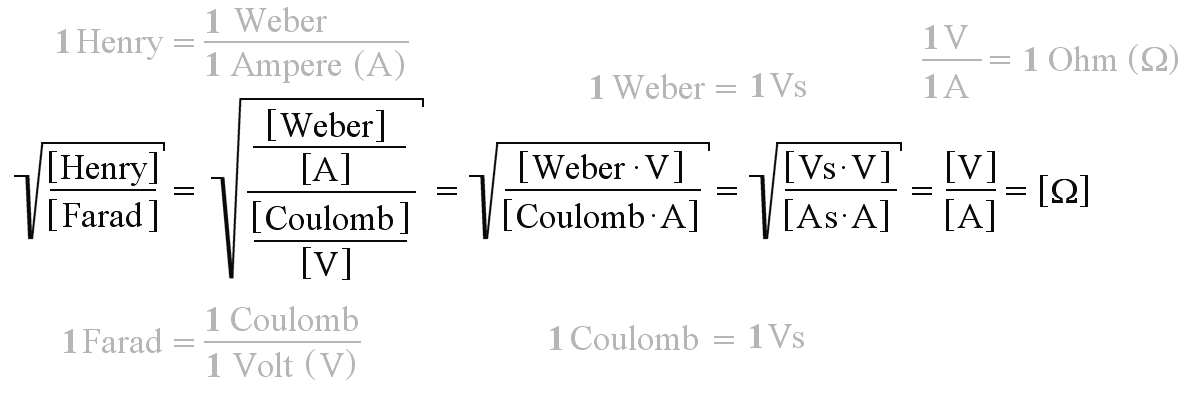
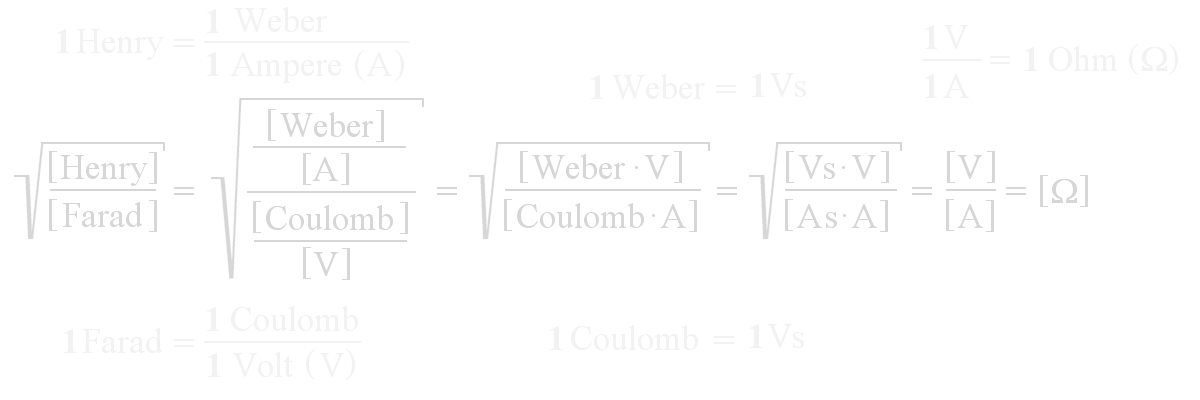
It can be seen, that the measurement of impedances is the frequency independent unit Ω of a resistance.
